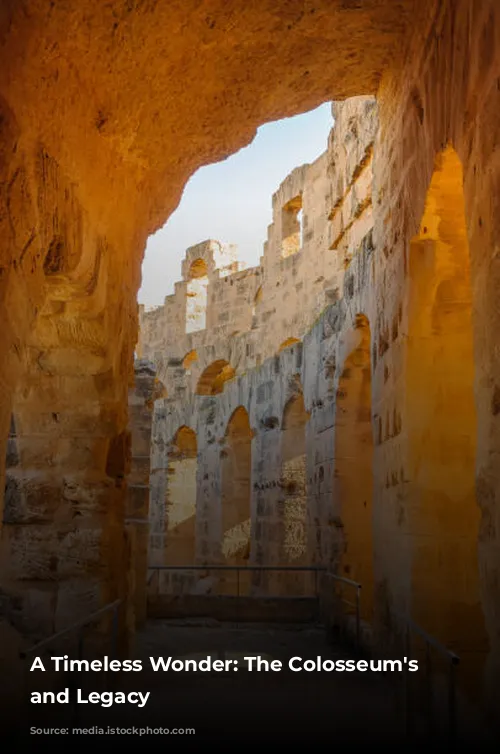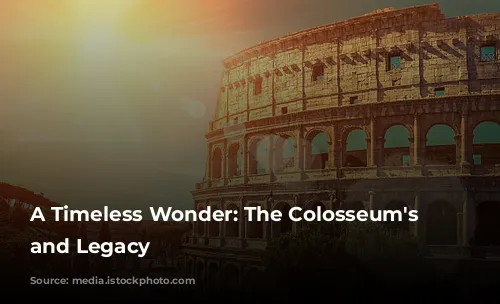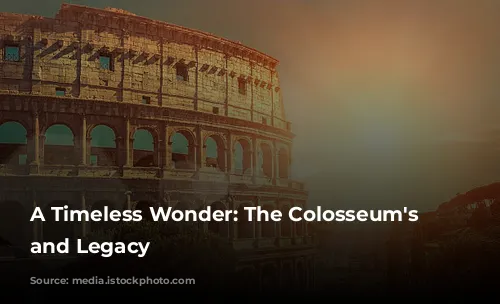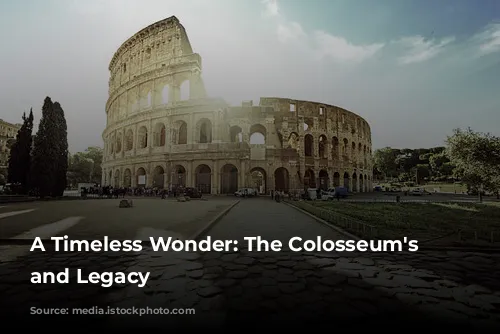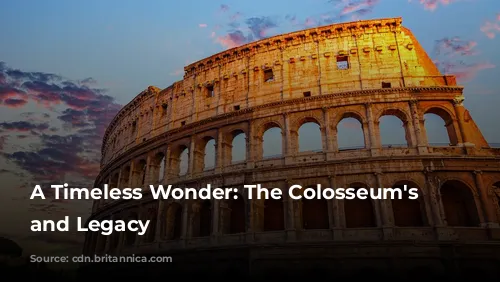The Colosseum, a symbol of ancient Rome’s grandeur, stands as a testament to its architectural brilliance and engineering prowess. This iconic structure, one of the few largely intact remnants of the Roman Empire, continues to captivate visitors from around the globe. More than just an impressive architectural achievement, the Colosseum is a crucial source of revenue for the Italian government. In 2018 alone, the Colosseum, Roman Forum, and Palatine Hill collectively generated over $63.3 million (€53.8 million), solidifying their position as the most lucrative tourist destination in Italy.
From Glory to Neglect
The Colosseum’s journey from a bustling center of entertainment to a dilapidated ruin is a story of time, neglect, and renewal. After the fall of the Western Roman Empire, the Colosseum fell into a state of disrepair. In the 12th century, the Frangipane and Annibaldi families, powerful Roman families, repurposed the arena, transforming it into their fortress. During the late 15th century, Pope Alexander VI authorized the use of the Colosseum as a quarry. For over a thousand years, the Colosseum was left to deteriorate, a stark reminder of the passage of time and the indifference of those who came after. However, the late 20th century marked a turning point for the Colosseum. State-funded restoration efforts, launched in the 1990s, began to breathe life back into this ancient marvel.
A Monument to Entertainment and Imperial Power
The Colosseum was born from a desire to revitalize Rome, a city struggling to recover from the chaotic year of the four emperors. Built under the reign of Emperor Vespasian, the Colosseum, like other Roman amphitheaters, was designed as a venue for entertainment, a place to showcase the might and spectacle of the empire. Gladiatorial combats, thrilling animal hunts, and even mock naval battles, all served to entertain and awe the Roman populace. These events were not simply mere diversions; they were meant to reinforce the power and prestige of the emperor and the Roman state.

A Structure of Stone and Ambition
The Colosseum’s construction, undertaken between 70 and 72 CE, was a testament to the empire’s resources and ambitions. The structure was completed and dedicated in 80 CE by Emperor Titus, Vespasian’s son and successor. The Colosseum’s final touch, its fourth story, was added by Emperor Domitian in 82 CE. The Colosseum’s construction was financed by the spoils of war, particularly the wealth plundered from Jerusalem during Titus’s conquest in 70 CE. Significantly, enslaved Jews from Judaea were also employed in the construction process, a grim reminder of the empire’s subjugation of other peoples.
A Colossal Structure for a Colossal Spectacle
The Colosseum, also known as the Flavian Amphitheater, was a monumental structure designed to accommodate a vast audience. Built with stone, concrete, and tuff, the Colosseum rises four stories high, measuring 620 by 513 feet (189 by 156 meters). It could house up to 50,000 spectators, providing a grand stage for the brutal spectacle of gladiatorial combat. The Colosseum’s immense size, elaborate construction, and capacity were meant to impress, showcasing Roman engineering prowess and the empire’s unmatched power.
A Palace Replaced: A Symbol of Change
The Colosseum’s location was not a matter of chance, but rather a deliberate statement of power and change. Built on the grounds of Nero’s Golden House, a lavish palace known for its extravagance and excess, the Colosseum stood in stark contrast to the previous emperor’s opulent abode. Vespasian, who rose to power through a series of tumultuous events, chose to replace Nero’s private lake with a public amphitheater, demonstrating his commitment to the people and the empire.
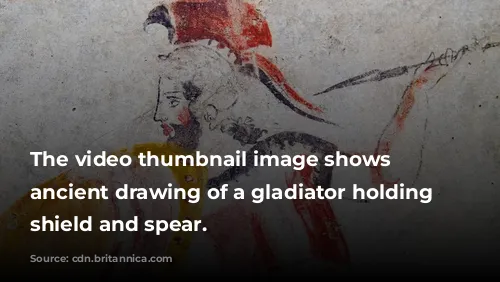
A Masterpiece of Roman Architecture
The Colosseum’s architecture exemplifies the ingenuity and grandeur of Roman engineering. Unlike earlier amphitheaters, which were often integrated into natural hillsides for support, the Colosseum is a freestanding structure, relying on a complex system of barrel vaults and groin vaults for its stability. Its exterior, adorned with engaged columns in the Doric, Ionic, and Corinthian orders, showcases the progression of Roman architectural styles. The structure’s impressive façade, constructed with travertine, stands in contrast to the inner bowl, made of concrete, further highlighting the architectural complexity of the Colosseum.
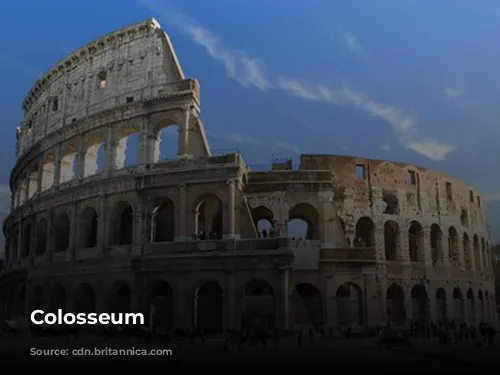
A Colossal Canopy for a Colossal Crowd
The Colosseum’s ingenious design extended beyond its structural prowess, encompassing a sophisticated system for managing the sun’s glare. To shield the audience from the scorching sun, the Colosseum was equipped with a retractable awning known as a velarium. This remarkable feat of engineering required a team of Roman sailors to manipulate the rigging that extended and retracted the velarium, using masts anchored to the Colosseum’s top story. The velarium, a symbol of Roman ingenuity, demonstrates the meticulous attention to detail that went into the construction of this magnificent structure.
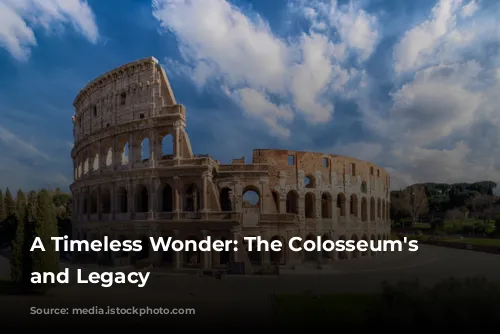
From Gladiatorial Combat to Christian Martyrdom
The Colosseum witnessed a vast array of spectacles, from brutal gladiatorial combats to contests between man and beast. Even mock naval battles were staged within the arena, transforming the space into a miniature sea. The Colosseum’s legacy is forever intertwined with the violence and spectacle of Roman entertainment, a reminder of the brutality and grandeur of the empire. However, while it is often associated with the persecution of early Christians, the truth of the Colosseum’s role in their martyrdom remains unclear. While the Colosseum may have been a place of suffering and death, it was also a site of celebration and entertainment, and its exact relationship to the persecution of early Christians remains a subject of debate.
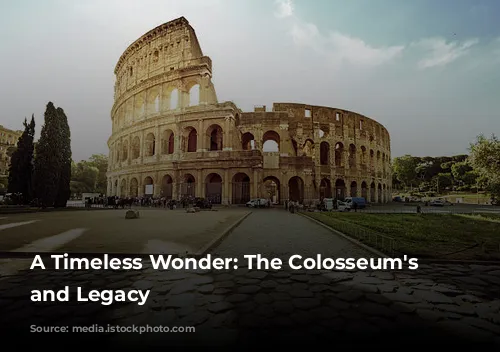
A Legacy of Endurance and Renewal
The Colosseum’s enduring legacy extends beyond its architectural brilliance and historical significance. The Colosseum was repurposed as a church in medieval times, then as a fortress by prominent Roman families, before falling victim to neglect and vandalism. Despite its years of degradation, the Colosseum’s resilience has been evident throughout the centuries. Notable efforts to preserve the structure were undertaken in the 19th century, led by Pope Pius VIII. In the 1990s, a major restoration project was launched, breathing new life into this ancient wonder. Today, the Colosseum remains one of Rome’s most iconic landmarks, welcoming close to seven million visitors annually. Regular exhibitions exploring the culture of ancient Rome are held, ensuring that the Colosseum continues to inspire and educate visitors.
The Colosseum, a symbol of Roman grandeur, continues to fascinate and captivate generations, showcasing the power and resilience of human creation. Its story, spanning millennia, is a testament to the enduring power of architecture, the fragility of empires, and the enduring allure of a structure that has stood the test of time.
